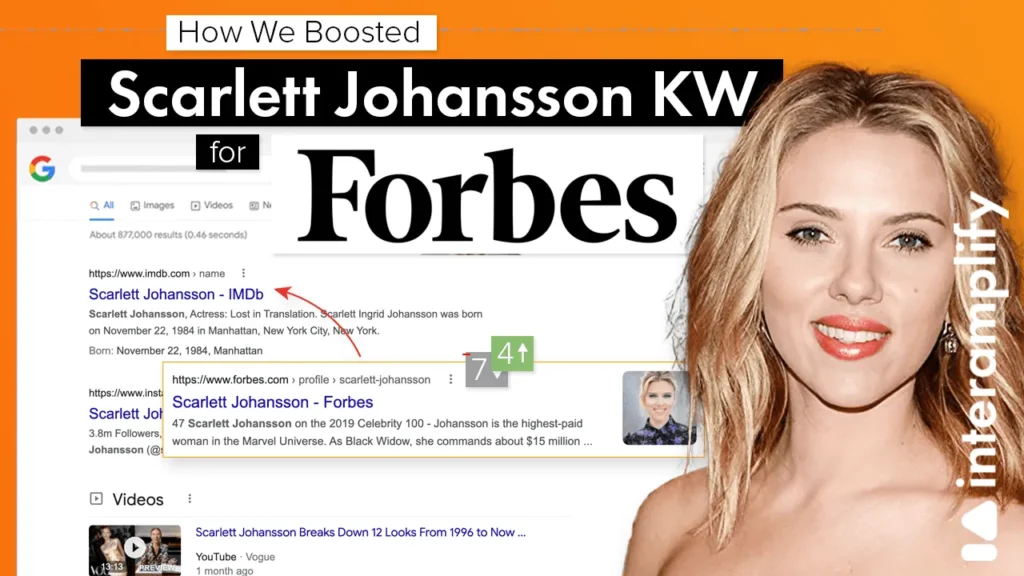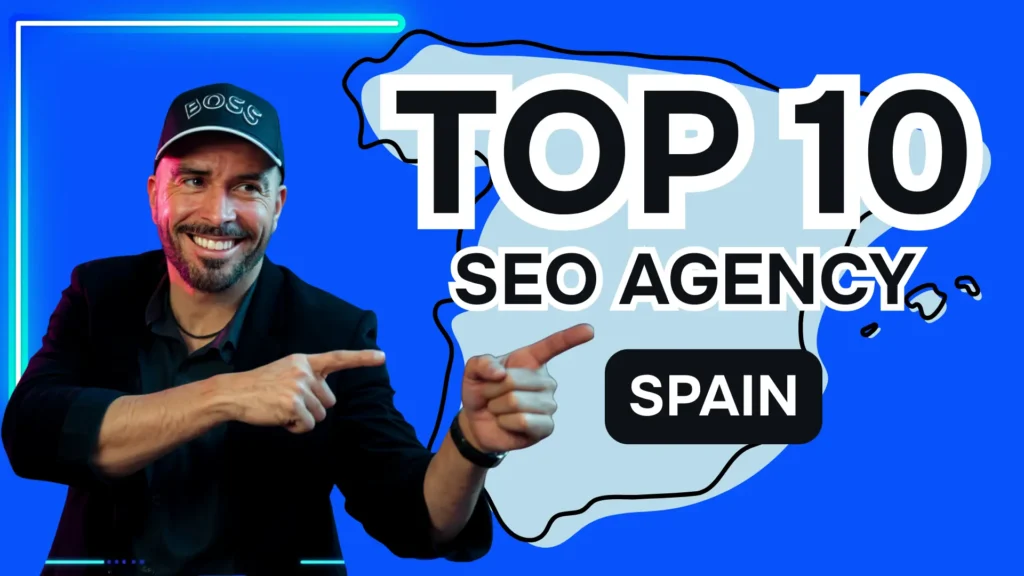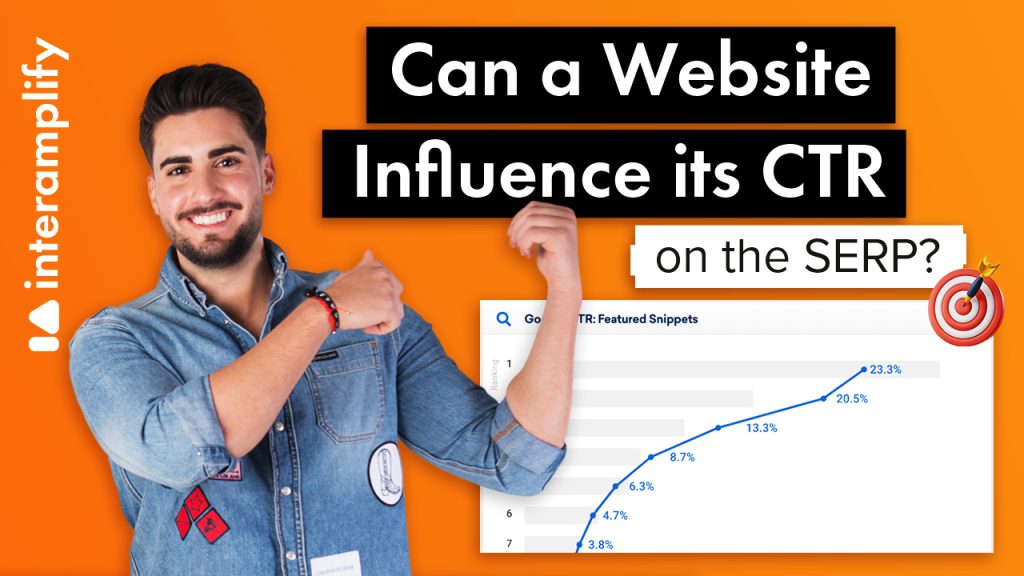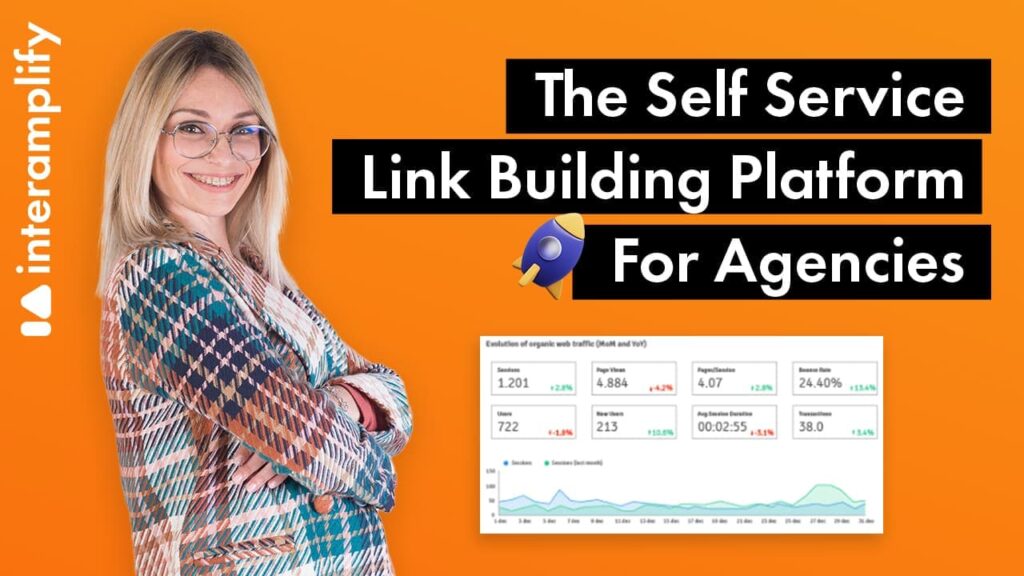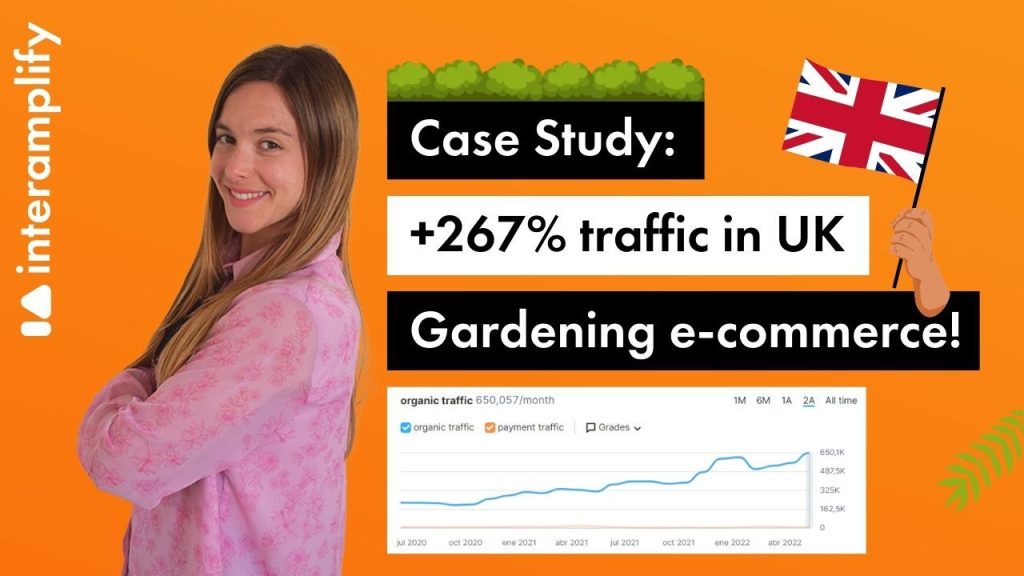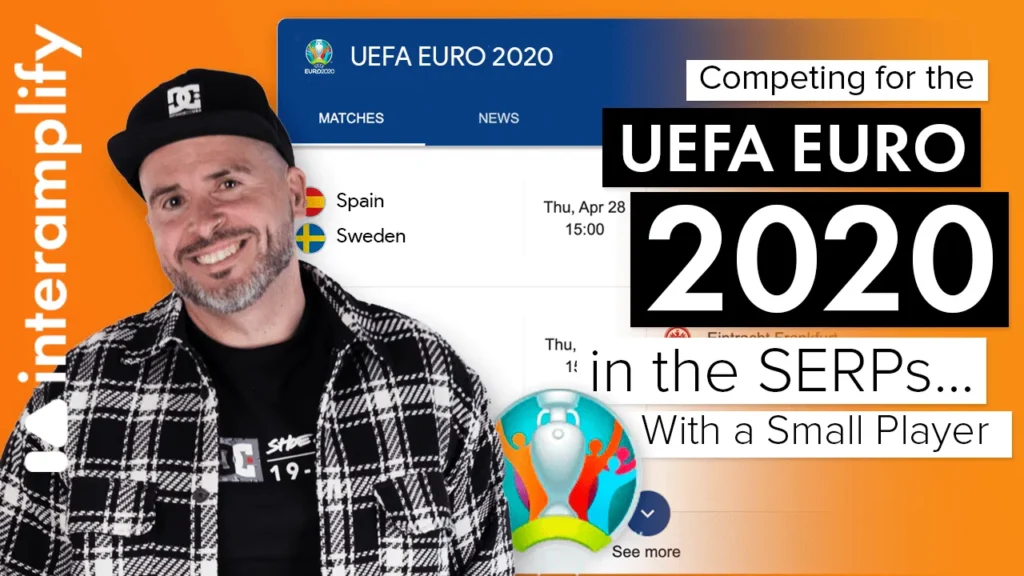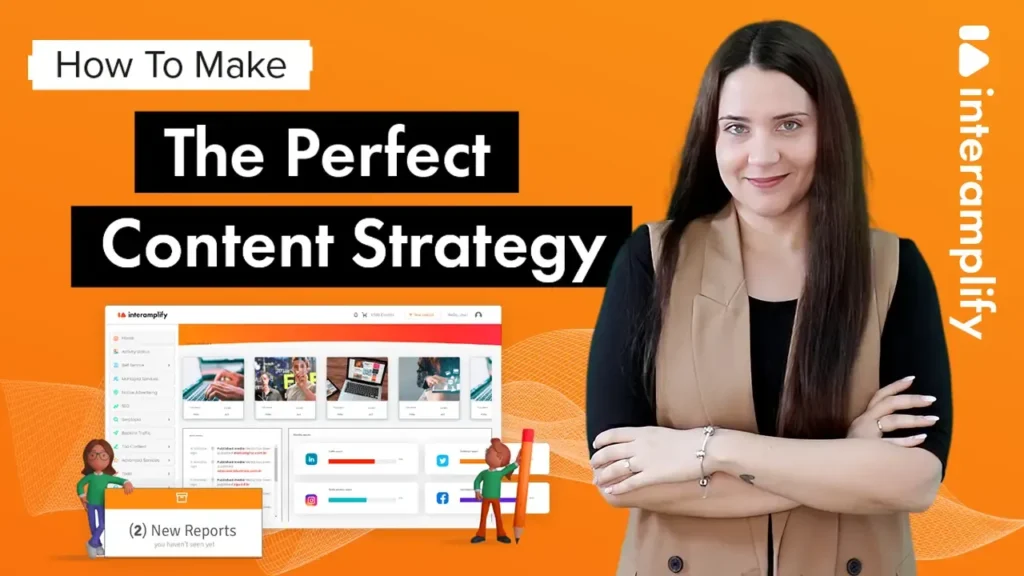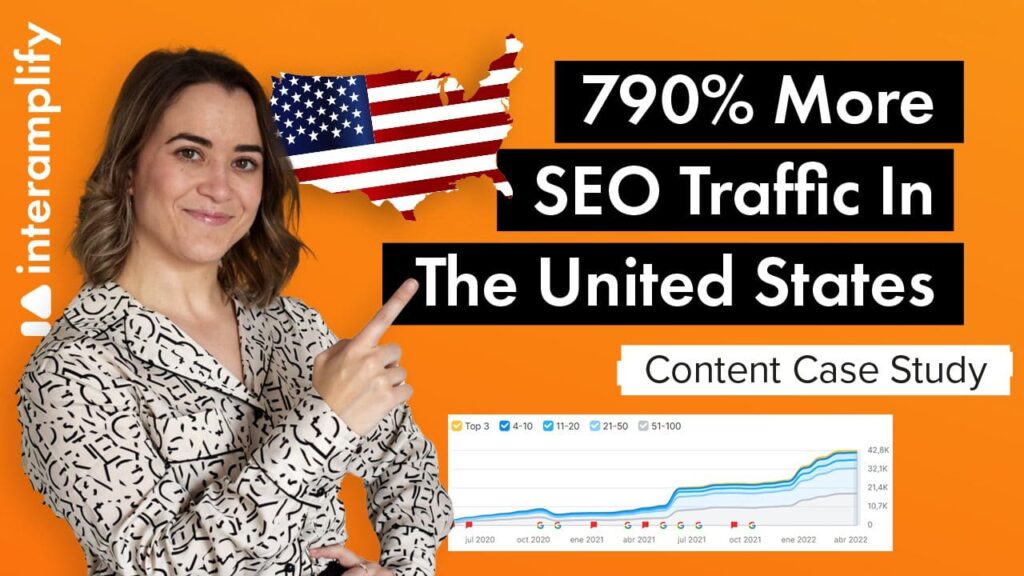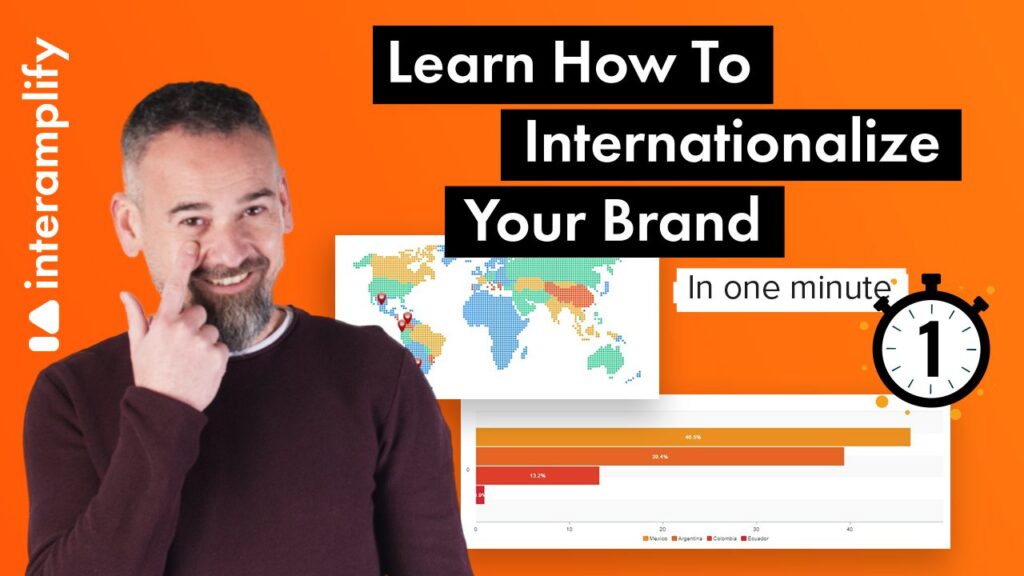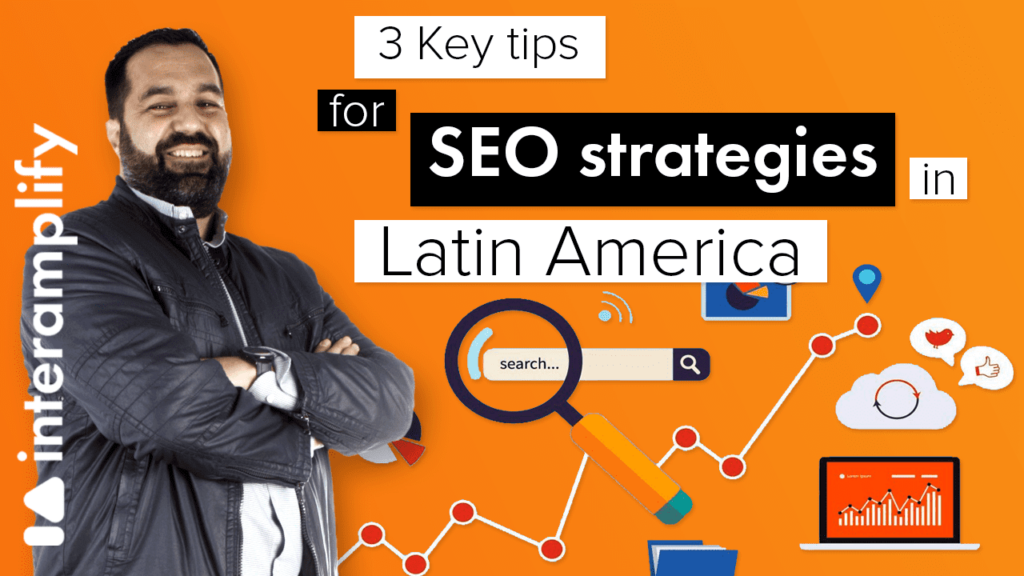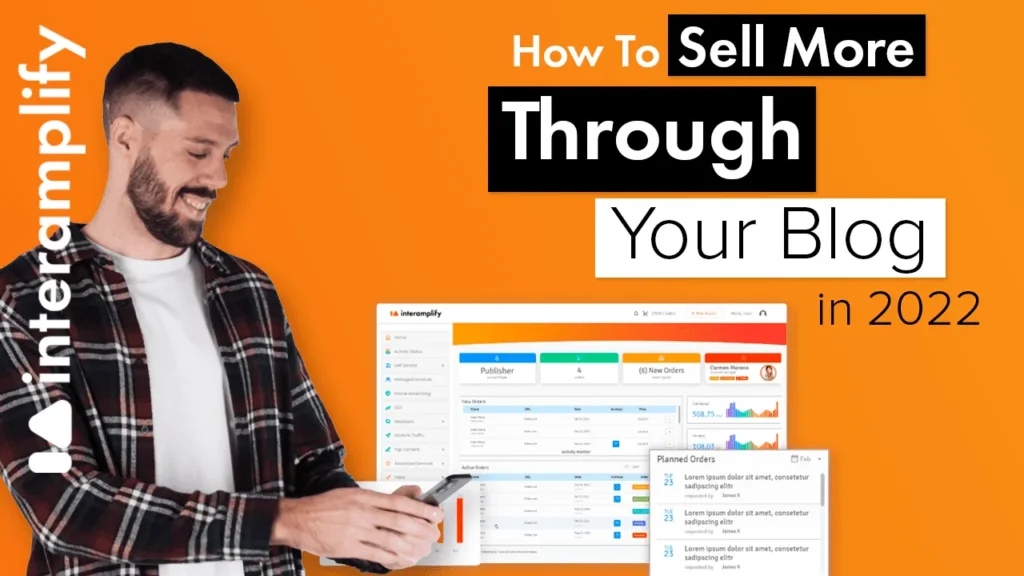Ranking a Highly Competitive Keyword
Ranking natural URLs for difficult keywords is no easy task, let alone when we talk about such competitive searches as, for example, the name of the famous American actress ‘Scartlett Johansson’, searched on Google by 1.1 million people every month.
It seems like an impossible mission, right?
The good news is that we have already done it.
If you want to know how, you can watch this video or read it in the rest of the post:
In case you don’t know me, I’m Javier Gázquez, CEO and founder of Interamplify. One of the objectives we have set for this 2021 is to publish case studies from our SEO Lab, where we carry out international off-page testing.
These are the case studies we use to develop and test new techniques, and in this post you will see the first of them.
Our blog may not be Ahrefs’, Neil Patel’s or Backlinko’s, but we are sure you will find our content appealing due to the SEO we are going to show, which is completely creative and with visible results.
The first question is: Why did we position the ‘Scarlett Johansson’ brand?

The answer is simple. After a work meeting we had last Monday, we were commenting on some movies we had seen that weekend. One of our colleagues mentioned Lucy, the thriller starring Scarlett Johansson where her character is involved in a science-fiction plot.
Since we are inquiring minds, one of our colleagues proposed to check the SERP of that concrete keyword, ‘Scarlett Johansson’, and we were wondering how we would manage to increase the positioning of the actress’s brand in a renowned portal, such as Forbes.
To achieve this, we proposed to use two elements: traffic and viralization.
How did we do it?
Let’s take a look at it step by step.
THE CHALLENGE: TO CLIMB POSITIONS WITH GREAT COMPETITION
Our goal was to rank a natural URL, in this case Forbes’, for the keyword ‘Scarlett Johansson’, considered as highly difficult due to its popularity and enormous competition in search engines.
The keyword ‘Scarlett Johansson’ has 1.1 million monthly searches in the United States, and any analysis tool will qualify it as especially difficult to rank:
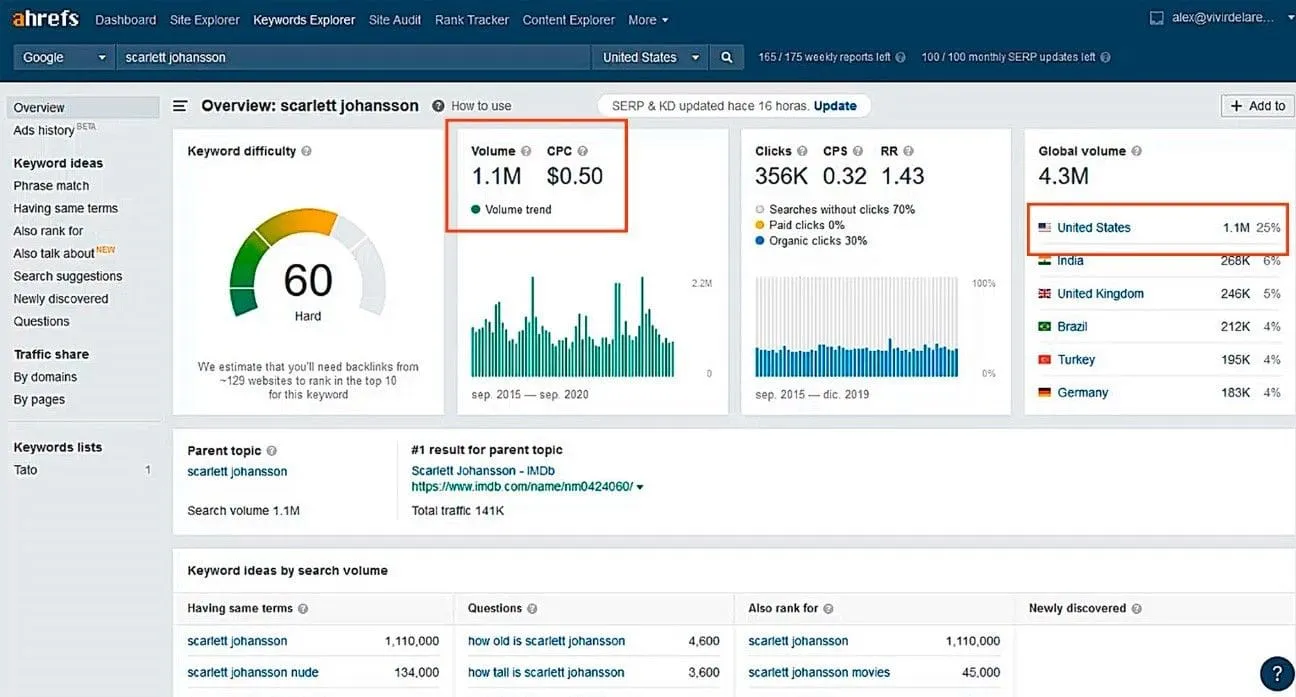
We carried out a search in Google with the United States as country and English as language, and the website forbes.com was in 7th position in the SERP for this keyword due to the enormous competition, as it could be checked on a search simulator:
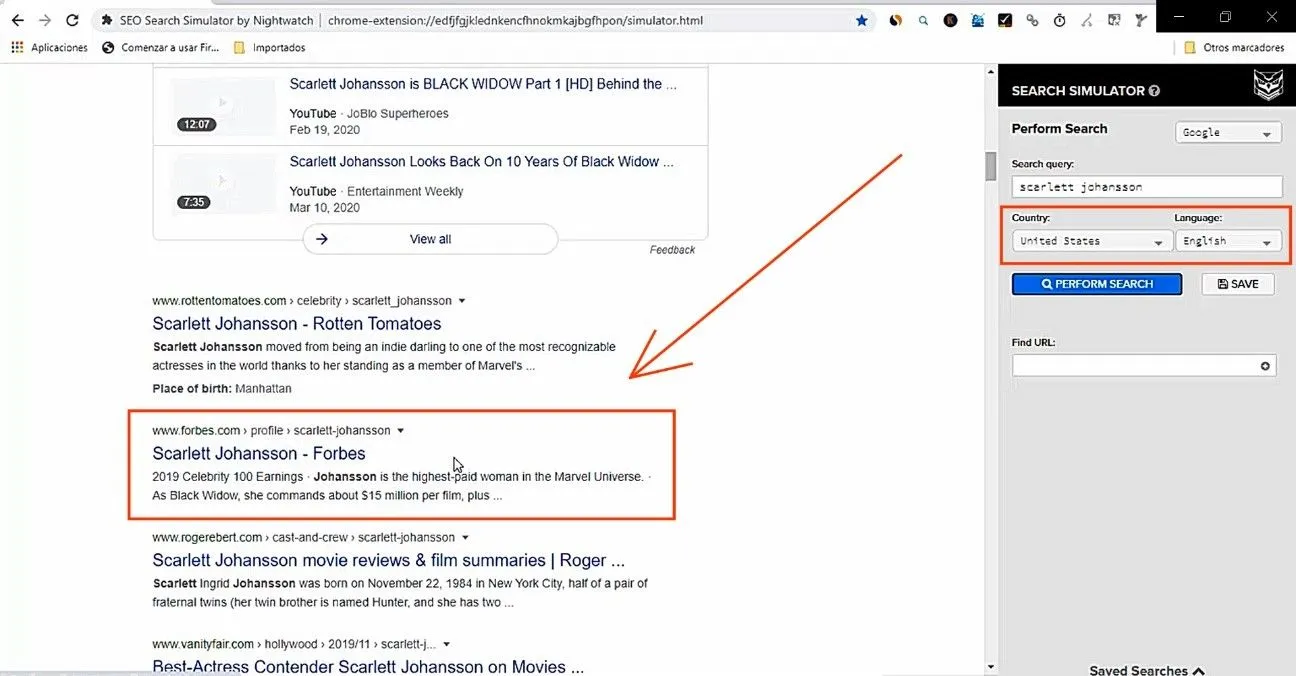
The challenge was to get the website up some positions despite the great popularity of the keyword, and to do so in a really short period of time.
To achieve this, we followed two simple steps:
- TRAFFIC GENERATION AND VIRALIZATION
The first step was to send Google the appropriate signals to make the URL jump positions. These signals, essentially based on traffic, can be of three main types:
- Traffic through backlinks which point to the page we want to position
- CTR traffic, with the clicks of the user on the keyword searching results
- Traffic generated by the viralization of the URL in Social Media
The combination of these different techniques usually gives us good results, so to approach this case study we decided to send all those different traffic signs, which we would generate for Forbes’ page.
To do so, we used our software SERPTOPIA, where we put artificial intelligence at the service of SEO to generate backlink and CTR traffic thanks to our network of partners around the world.
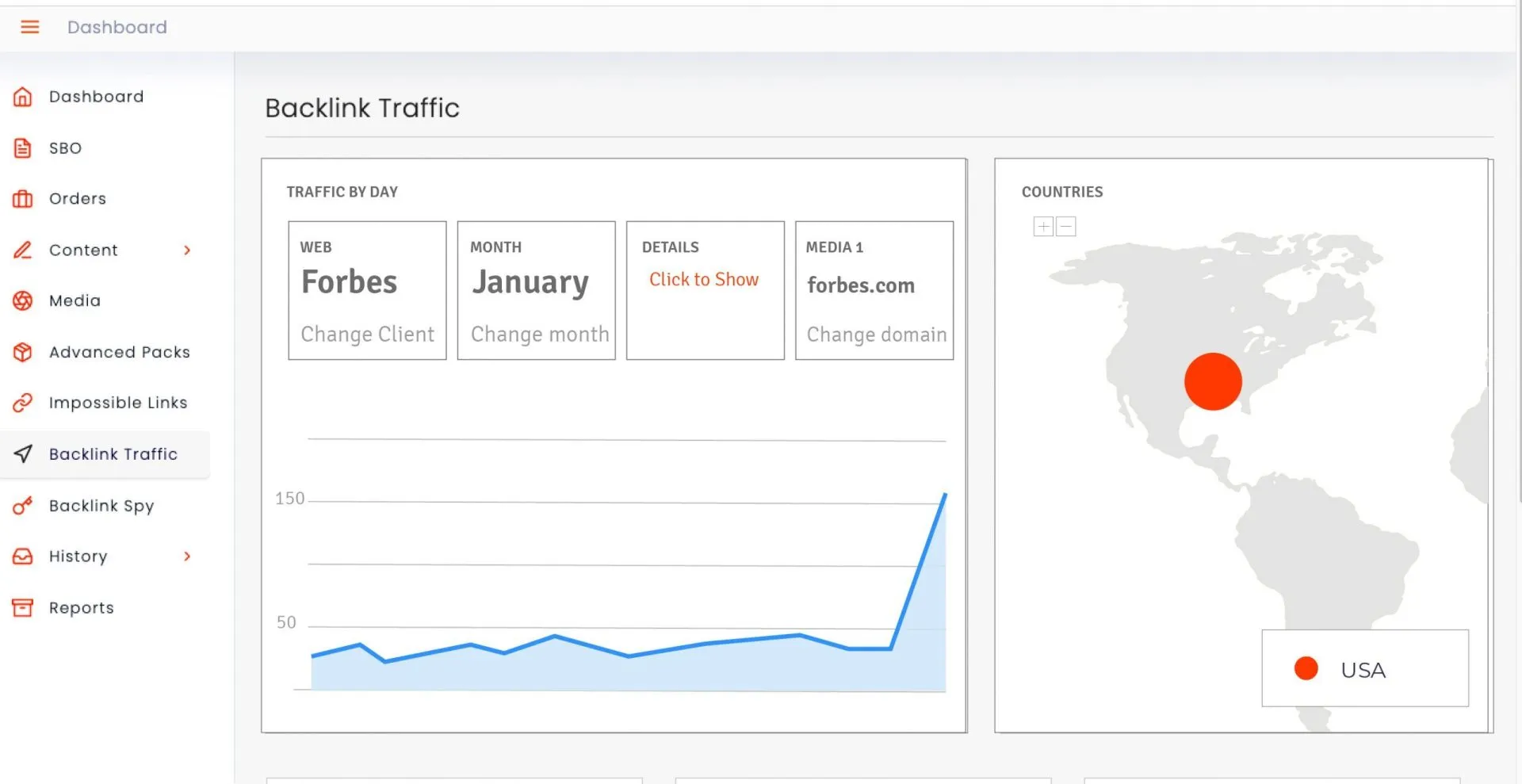
We drove this traffic from our collaborators in the United States to the Forbes’ website, as well as traffic from social networks, where we managed that the URL was shared until it went viral to generate a greater impact on the SEO.
In short, what we did was generate SEO-optimized traffic to the URL we wanted to position. By doing this, we made sure we were sending Google the right signals for them to detect that something was going on with that page, that it was gaining popularity and should therefore rank higher.
- RESULTS IN JUST six HOURS
Once the actions starting at 11.00 a.m. had been implemented, it could be checked after 17.00 p.m. how, in just about 6 hours, the website had jumped from 7th to 4th position in the SERP:
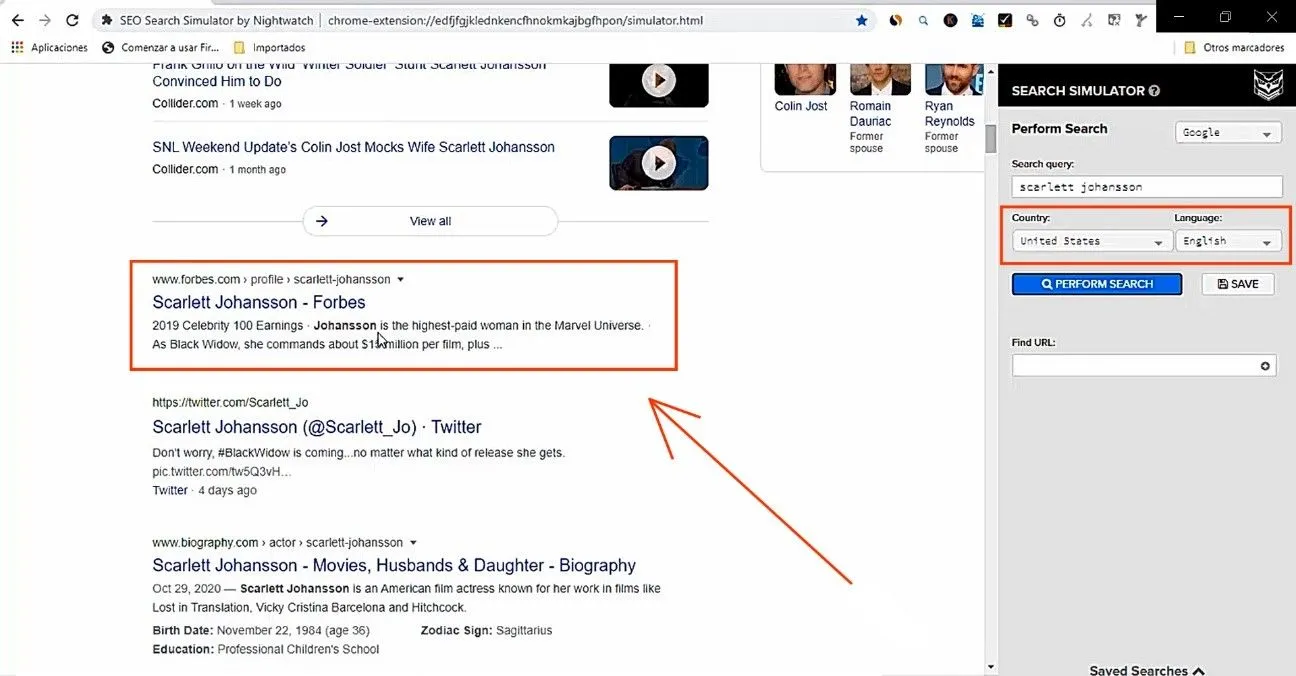
The URL had therefore climbed three positions in a really short period of time, and all thanks to the traffic and viralization we implement for our clients.
This whole process is 100% natural and off-page. For this reason, it could never be penalized in the eyes of Google.
CONCLUSIONS: THE IMPORTANCE OF TRAFFIC
The technique used in this case study can be replicated for any keyword and country. It basically follows the natural process of every URL going viral: Google detects that it receives a large amount of traffic, understands it has become interesting for most of the users and boosts it in its ranking.
The secret of this technique is none other than traffic. By using different types of traffic in the right amount, we are sending the signals that Google expects in order to rank any website and move it up in the SERP.
As it is based on traffic, an element that Google always interprets as positive, this technique is penalty-free, and allows to boost any web in the results page in a completely natural way for the algorithm.
The technique, in addition, is effective not only for the keyword itself, but also for all other relevant keywords for that URL, including longtails, so the page will rank for them as well.
In our case, the related keywords for ‘Scarlett Johansson’ that position for the Forbes URL are these ones:
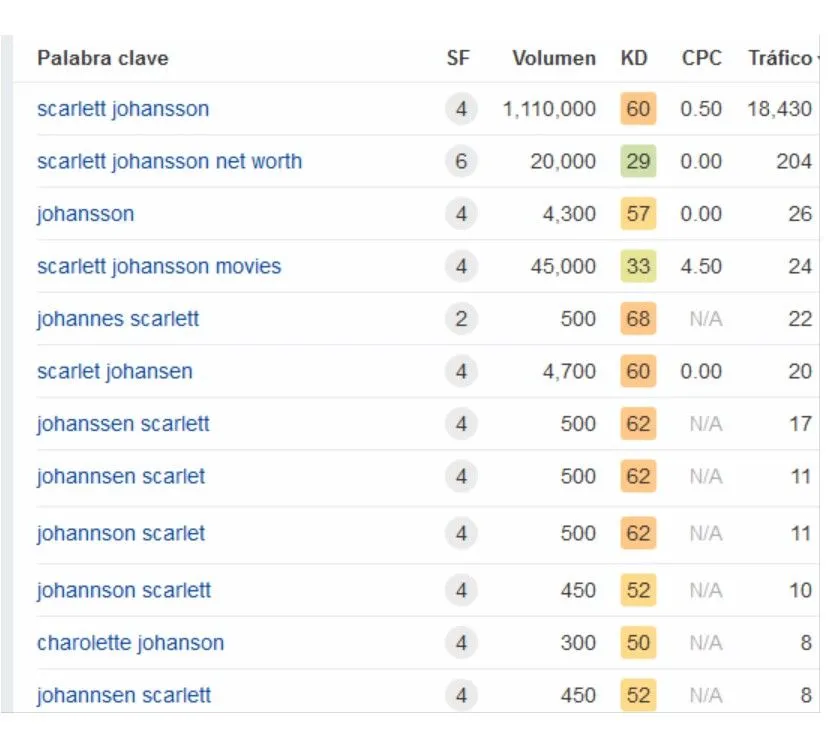
Nevertheless, the effects of this technique do not last forever. After 3 or 4 days, the boosted web can return to its original place or stay just one position over if nothing is done.
To prevent this, the URL can be kept in the new position by regular micro-viralizations. They would be done every 2 or 3 days until, thanks to the users’ clicks, the page enters the natural CTR cycle of the websites and ranks in the search engine by itself.
This technique, of course, is just one of the many we develop and test daily on our SEO Lab, to make sure they are safe and effective.
In this specific case study, we can see the effects of traffic and viralization on ranking and the importance they have on link building, with the opportunities this provides to rank any type of website.
As we have been analyzing in our post about the new link building scenario for 2021, traffic generation is key to rank any link, and it will be even more due to the algorithm changes that Google is implementing.
Understanding the signals that Google interprets and replicating them on each link is essential to capture the attention of the algorithm.
We work on case studies of this kind in our SEO Lab to achieve this, and thanks to the creative techniques we develop, we are already doing so!

